Throughout the last five months, I have had the pleasure of reading over 60 yearbooks, going as far back as 1939. Although I have only detailed the events from 1963 to today in my analysis, I feel as though I have an understanding of the changing trends in how yearbooks were made, what they included, and the rapid deterioration of what makes a good yearbook.
The earliest yearbook I could find for Lakota dated back to 1939, called “The Chanticleer,” the yearbook for West Chester High School (which would later be known as Union High School). Featuring just 24 seniors, these early yearbooks featured minimal photos, simply listing the clubs within the school, students, and their successes. Photos were black and white, and the yearbook was just 58 pages with a blue front and back cover. This trend of simplistic, group-oriented yearbooks continued through the 40s, 50s, even bleeding into the 60s. There were no action shots for sports, no photos for homecoming, and often very few photos of non-senior students. In fact, only seniors had individual portraits of themselves featured in the 1939 yearbook, with juniors, sophomores, and other classes only being featured in group/club photos.
Entering the 50s and 60s, more photos began to show up from events and performances. Images from the school musicals, homecoming games, and school dances became “the norm,” as well as all classes getting an individual portrait featured. Photos would remain black and white for decades to come, with full-color yearbooks only being introduced in 2003’s yearbook, “Slightly Altered.” Yearbooks during the 60s continued to focus on clubs and events: each sport or club got its own page, with every student listed out. Occasionally, facts about the group would be included, such as how they performed that season, or discussing the places they went.
The 70s were transformative years for yearbooks in Lakota: the length of yearbooks grew extensively, with more information about the daily lives of students being featured. Yearbooks were no longer focused on the names of people, but instead focused on the culture and opportunities students were presented with at school. In 1979, the first yearbook title was introduced, “The Last of the 70s.”
Things really started to ramp up in the 80s and 90s; yearbooks became longer, more informative, and gave the most accurate look into the lives of students and their experiences. In the 90s, yearbooks were filled with fun facts, student polls, and photos of daily student activities. Without these years, this project would be completely useless: the information the 90s provided helped set up the foundation for the history of our school, and gives Lakota West the rich culture it has today.
The 2000s began to change things up significantly. With full-color yearbooks, 250 pages became an expectation, with lots of colorful designs and themes. Yearbook themes became a crucial part of each yearbook, no longer just relying on a catchy title. 2006, for example, featured a driving-themed yearbook, with the cover being a license plate reading “Lakota West.” Throughout the yearbook, a variety of driving-themed pages could be found, with photos formatted around their designs. The look and structure of each yearbook made it unique, trying to capture what that school year had felt like to students (as well as highlighting the biggest trends for students, as seen in the more recent Lakota West yearbooks).
Entering 2010, the structure of yearbooks began to change once again: facts, student experiences, and stories of life at school began to trickle away. As though they were going back to their roots, West’s yearbooks began to focus on club photos and students’ names. To accommodate the thousands of photos in each yearbook, information was no longer presented directly, but was instead incorporated into picture captions. Each picture would have a description of what was going on, sometimes accompanied by a quote by the person featured in the picture. What things factually happened began to fade away, making yearbooks more of a “remember this” type of trip down memory lane, and less of an informational, historical book for people like me to look back on 40 years down the road.
And then we enter the last decade of yearbooks: the great decline of yearbooks. What were once books of knowledge and offered a slice of Lakota West life suddenly opted to feature photos, more photos, and even more photos. Information about what happened in the year took a drastic decline, with quotes and even the names of students being put to the wayside. Club photos feature the list of all students’ names, but any photo from homecoming, a sporting event, or a performance is missing the names of who is in the photos. These, to me, are no longer yearbooks: they are coffee-table photo books to show your grandparents when they stop by for Thanksgiving.
So, what happened to yearbooks? The answer is quite simple: people are far more visually compelled to an image than by reading paragraphs of information. The average yearbook from the 80s to 2000s took me nearly two hours to go through, because they required lots of fishing through writing and finding what was the most important/interesting facts. The yearbooks from 2019-2024, however, took me maybe ten minutes each to go through. Some info, in fact, was simply added by me because I knew it and experienced it, not because the yearbook provided me with that information. Notable achievements for Lakota West, such as the football team’s miraculous 13-1 season in 2022, were barely mentioned in the 2022-2023 yearbook. When the West Marching Band, which is the largest extra-curricular in the school, won a Bands of America regional for the 3rd year in a row, there was no comment on it. In fact, their trip to Hawaii with the Lakota East Marching Band was nowhere to be found, with zero photos featured of their 7-day excursion over 4000 miles away.
These most recent years have proven to be incredibly frustrating to me, as I will likely not be the last person who wishes to learn about the history of Lakota West. Yearbooks, especially some of the older ones, have proven to be one of the most reliable and interesting sources of life in Lakota, but the more recent editions will provide no information about what my experience at West has been like. If I show my children, or even grandchildren, the yearbooks from when I was in school, they will gain very little understanding of what life was like for me. The only interpretive part of our most recent yearbooks is the theme, as they do an okay job of displaying what is relevant to us (except the retro theme from 2023… I have absolutely no idea how that was relevant to the students of LWHS).
The style of yearbooks has seen massive changes over the last 85 years, with understandable needs for change and information. Older yearbooks didn’t have much info because it cost a lot to print yearbooks (even if there were only 24 seniors…looking at you, 1963!) Yearbooks from the 70s and 80s didn’t have many photos, because it was hard to get quality pictures and the money to print yearbooks for hundreds of students. In 2025, however, there is no reason why yearbooks should be a low quality. With computers to design our yearbooks with ease, and no real reason why printing would be a difficulty, the content of our modern yearbooks should have a perfect blend of photos, facts, and information that is relevant to our experiences at West. I hope that, at some point in the coming years, the team that creates Lakota West Yearbooks can re-evaluate what makes a good yearbook; we have to find a way to accurately tell the story of our experiences for the many generations left to walk the halls of Lakota West High School.

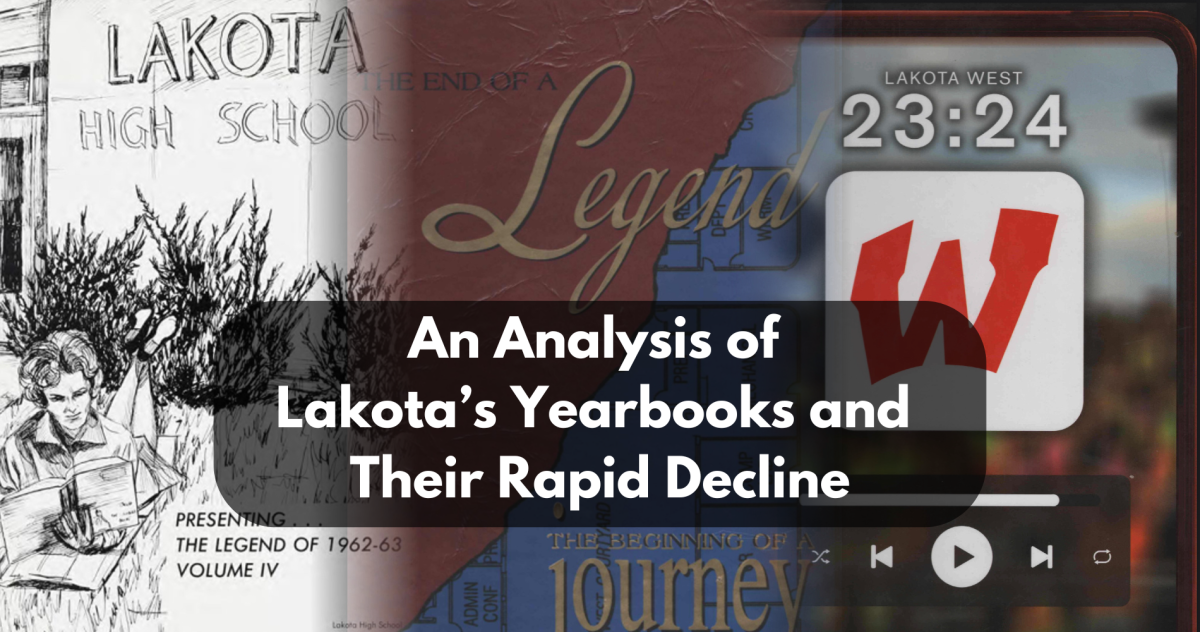

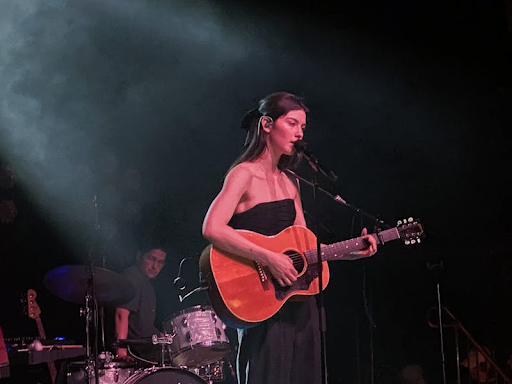

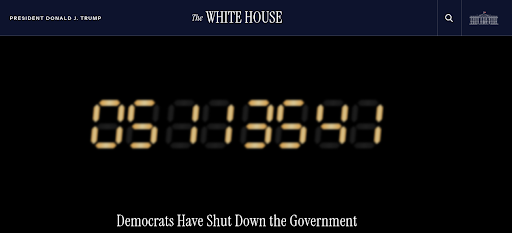

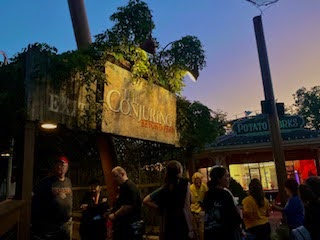



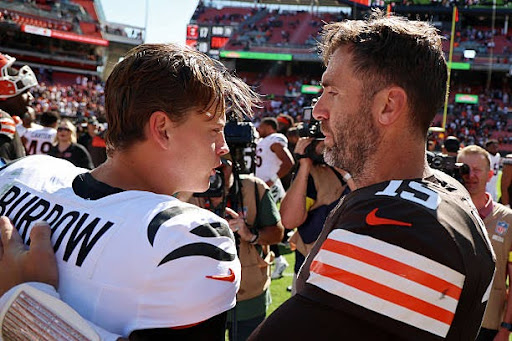
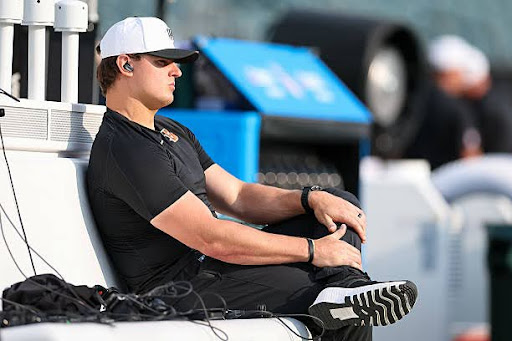






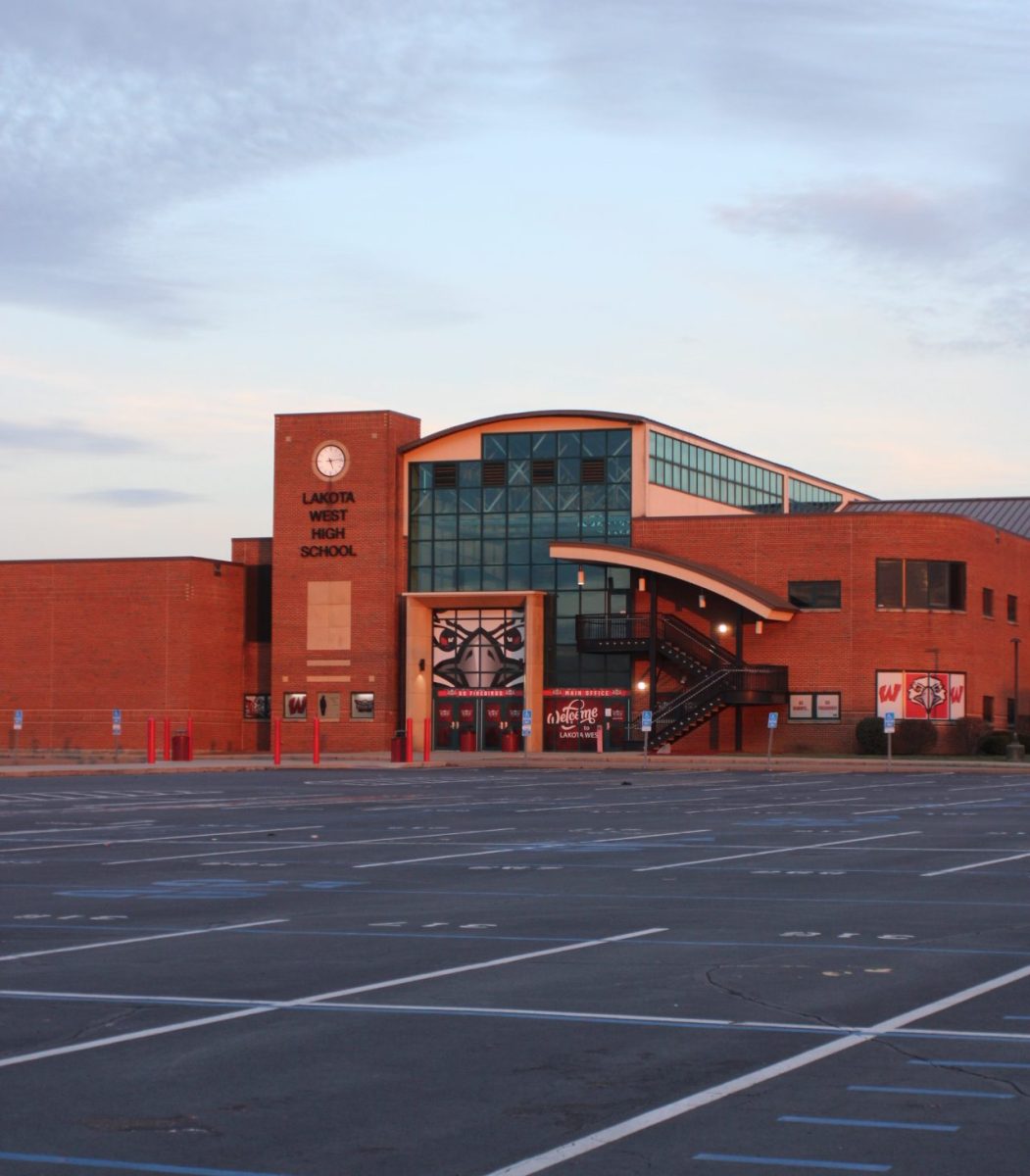
Jackson • Oct 3, 2025 at 10:04 am
Great job! I totally agree! As a 7th Grade student, I haven’t gotten to experience a yearbook that takes a good deal of time to go through. The only thing I think I read in my 6th Grade year book (2024-2025) was the Yearbook explaining what Egypt Day was. Thank you for bringing this up!